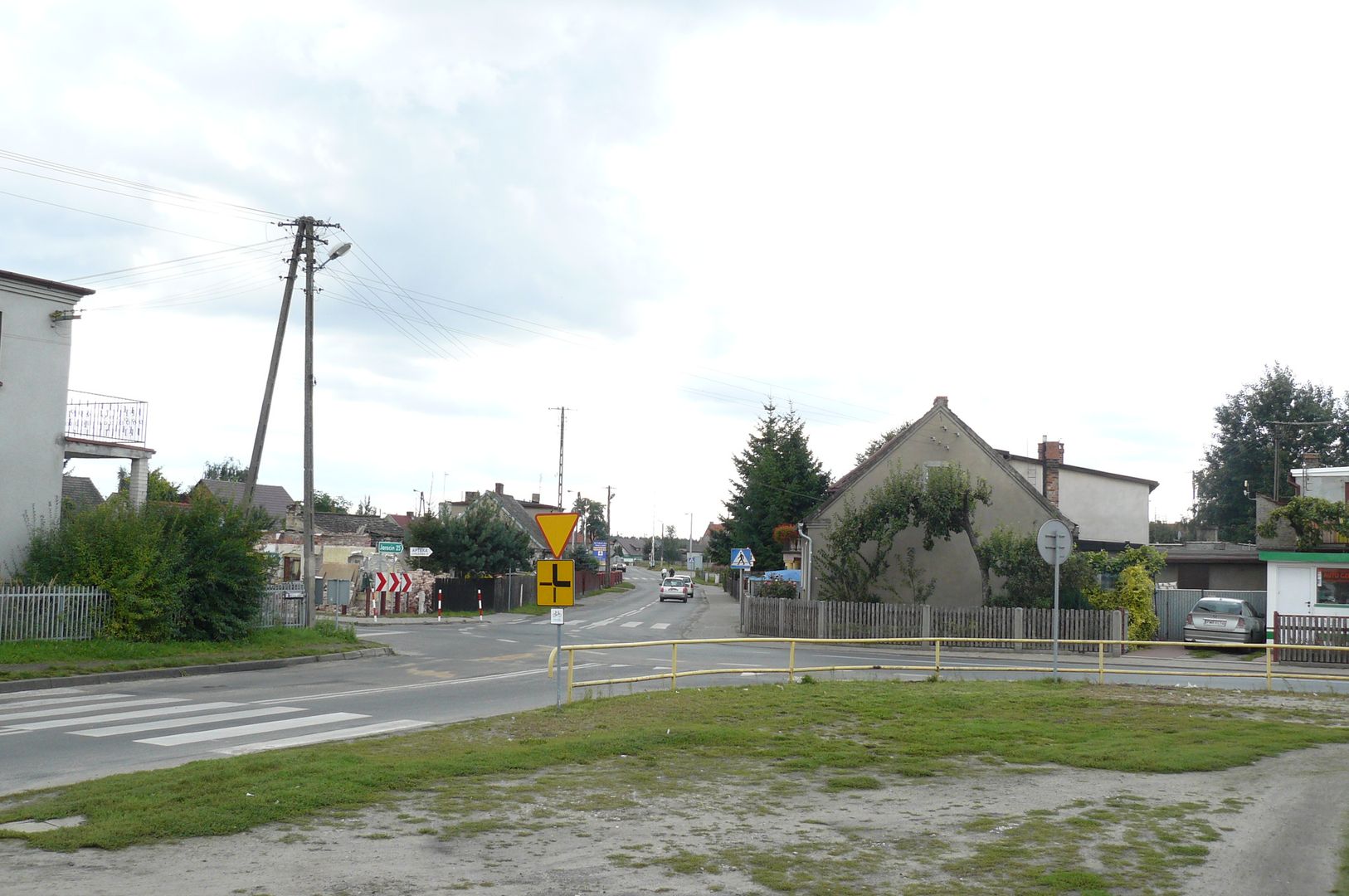Orzechowo
6.67

Overview
Orzechowo, known in German nomenclature as Nußdorf, is a village located in the Greater Poland Voivodeship, near the Warta River and the Oleśnica–Chojnice railway line. The village has a rich history dating back to its first mention in 1392. In the 16th century, Orzechowo consisted of 60 households, and its inhabitants were engaged in agriculture, fishing, and hunting. In the 19th century, after the construction of the railway line in 1875, the village became an important coal transshipment point, which contributed to its economic development. During the interwar period, thanks to the Bystrzycki family, a parquet factory began operations, which in the 1950s was transformed into the Orzechowo Plywood Industry Plants. The village's architecture features historic buildings, including the 1875 railway station, as well as the newly built (1988) Church of Our Lady of Częstochowa. Culturally, the village developed thanks to institutions such as the John Paul II School Complex and the Rural Cultural Center, which fostered social integration and education. In 1933, the Volunteer Fire Department was established, which to this day plays an important role in the local community. Orzechowo actively participated in historical events, such as the Greater Poland Uprising and World War II, where its residents engaged in patriotic activities. After the war, the village was rebuilt, and infrastructure, including water supply and telephone networks, was significantly improved. In 1993, the village gained access to piped water, making life more comfortable for its residents. Today, Orzechowo is a place with a rich history that harmoniously blends tradition with modernity.
Location
2025 Wizytor | All Rights Reserved